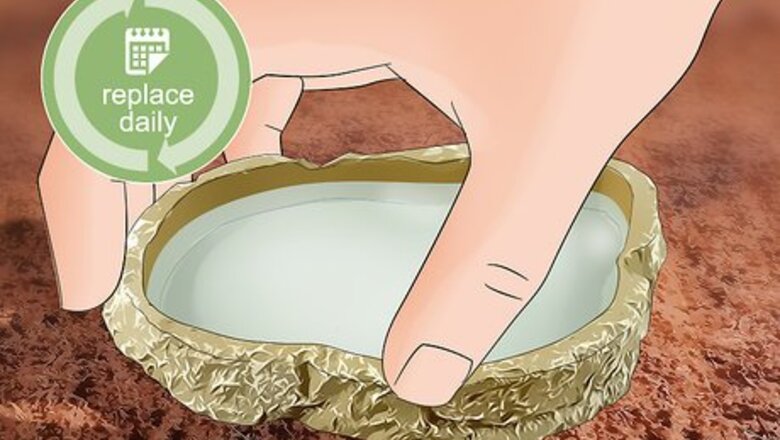
views
Performing Everyday Cleaning
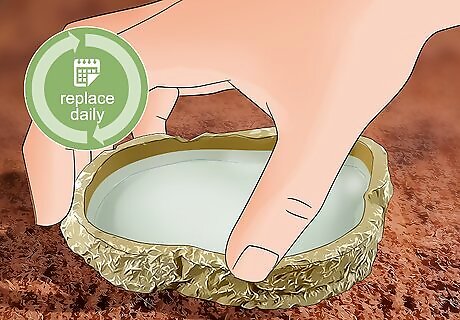
Replace the water in your spider’s bowl every day. This will prevent the water dish from becoming moldy or fouled by an insect that has drowned in it. This is the only item in your tarantula’s habitat that absolutely has to be cleaned on a daily basis. Provide about ⁄2 inch (1.3 cm) of water in the dish. If the water dish is looking dirty or moldy, use dish soap and warm water to clean it out. Be sure to thoroughly scrub the dish when you clean it to remove any unwanted bacteria and mold that can potentially give your tarantula a serious disease.
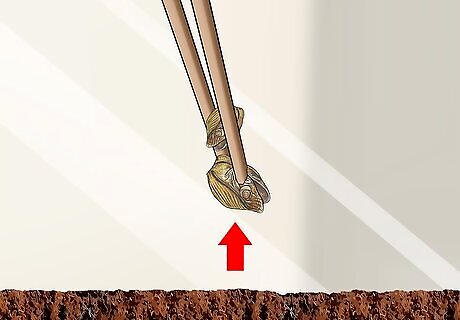
Remove any food waste after your tarantula has eaten. This includes any cricket carcasses that your tarantula won’t eat and any live crickets that haven’t been eaten after a day. This is very important since uneaten insects can stress out or even harm your tarantula if left in its habitat for too long. To make this part of your daily routine, feed your tarantula in the evening and then remove any leftover food or waste in the morning. Insect corpses left in your spider’s habitat for too long may also attract pests and mold, which is why it’s so important to clean out this debris whenever you feed your tarantula.
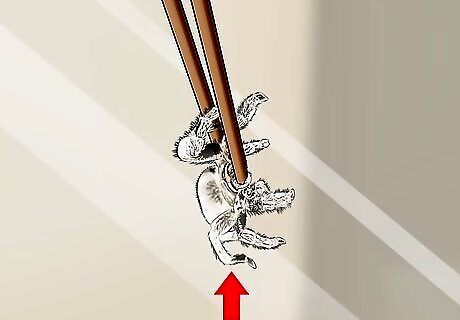
Take out your spider’s exoskeleton after it has molted. Depending on its age, your spider may molt as often as once a month or as infrequently as once a year. Either way, after the molting process is complete, use tweezers to gently remove its old exoskeleton without touching your tarantula. Your tarantula will be extremely tender and sensitive after it finishes molting, which is why it’s so important that you don’t touch it when removing the old exoskeleton. Wait at least a week after it has molted to begin touching and handling your spider again.
Doing a Deep Cleaning

Transfer your tarantula to a separate, ventilated container first. Depending on your comfort level and the mood of your tarantula, either remove it with your hand or by gently scooping it into a dish. Then, place your tarantula in a secondary habitat or container where they cannot escape. If they are in a dish, remember to add air holes for proper ventilation. Before you remove the tarantula, be sure the room you’re in is secure by closing all the doors and windows. Tarantulas can move pretty fast, so if you drop it or it falls on the floor, it may run away if the room isn’t secure. Never try to remove a moody or molting tarantula, as it may flick hair at you or even try to bite you.
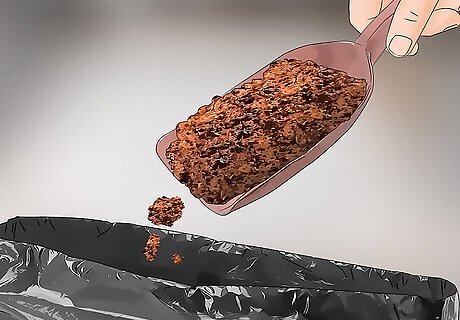
Remove everything from inside the tank, including the bedding. Place any accessories from inside the tank in a bucket or container and set it aside. Move all of the old bedding into a strong garbage bag and tie the bag to secure it. Be very careful when doing this, as there may be hairs or feces in the bedding. These hairs can be very irritating if you breathe them in or get them in your eyes. For added protection, wear safety goggles and a face mask when handling the old bedding. If the old bedding is clumping or stuck on the bottom of the habitat, pour a little bit of water on it to loosen it up. Never reuse old bedding.
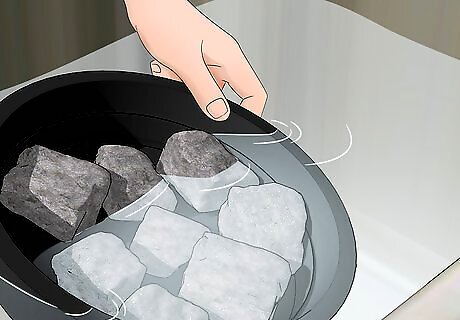
Clean the terrarium and any accessories with a diluted bleach solution. Dip a sponge into a bucket of 3% bleach solution and scrub the tarantula’s habitat and accessories thoroughly to clean them. Use a new, clean sponge if possible, as bacteria can build up in old sponges. You can also use an animal-safe enzymatic cleaner if your local pet store carries this. Never use alternative cleaners when cleaning your spider’s habitat since the chemicals in these cleaners can be very hazardous to tarantulas. If you don’t have a bleach solution or animal-safe cleaner, you can also use a small amount of regular dish soap to clean the tarantula’s habitat.
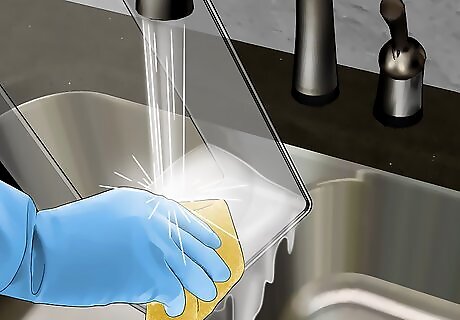
Rinse out the habitat and accessories to remove the bleach solution. It’s very important that you rinse the habitat and accessories very thoroughly to make sure that you remove any and all traces of the cleaning solution. Use hot water and, if possible, a second, clean sponge to scrub everything as you rinse it.
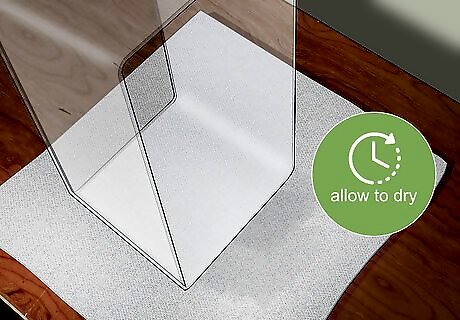
Allow the habitat to air dry for 24 hours. This is the ideal amount of time to allow for all the water in the terrarium to dry. However, if your tarantula isn’t comfortable in its secondary environment for that long, use a towel to speed up the drying process. Air drying the habitat instead of using a towel or paper towels prevents any lint or dust from possibly being left behind.
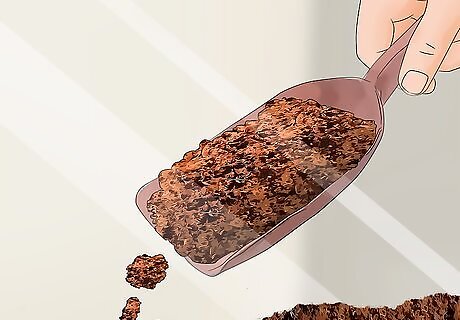
Add new bedding to the bottom of the terrarium. Pour enough new substrate into the habitat so that it's about 1 to 3 inches (2.5 to 7.6 cm) deep. For best results, use either coco fibre, or vermiculite, or potting compost for the habitat’s substrate. Do not reuse the old bedding, since it will contain old hairs and feces that may cause damage to your spider’s health. Coco fibre is also sometimes known as “coir.”
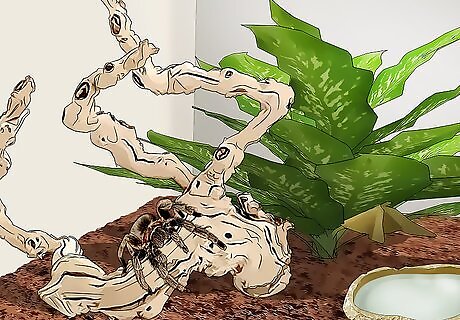
Place the spider and any accessories you cleaned back in the habitat. Place the accessories and a refilled water bowl into the terrarium first. Be very gentle when placing your tarantula back in its newly cleaned home, as it probably didn’t enjoy being made to wait in its other container. Don’t be surprised if your tarantula chooses to burrow and hide for a little while at first. It will be back to its old self in no time!



















Comments
0 comment